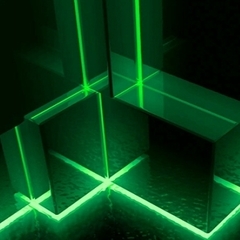Sony's 16K Liquid Crystal LED screen - for $5Million?!?!?!
-
Topics
-
0
-
0
-
Shadow13 ·
Posted in New Builds and Planning2 -
Eamonc26 ·
Posted in General Discussion0 -
1
-
Lumikor ·
Posted in Servers, NAS, and Home Lab1 -
dillisking ·
Posted in Servers, NAS, and Home Lab0 -
1
-
5
-
1
-
-
play_circle_filled

Latest From ShortCircuit:
The World's Fastest CPU (Technically...) - Intel i9-14900KS


.jpg.5cc14cacf0bfa9d58de316927a37ec08.jpg)













Create an account or sign in to comment
You need to be a member in order to leave a comment
Create an account
Sign up for a new account in our community. It's easy!
Register a new accountSign in
Already have an account? Sign in here.
Sign In Now